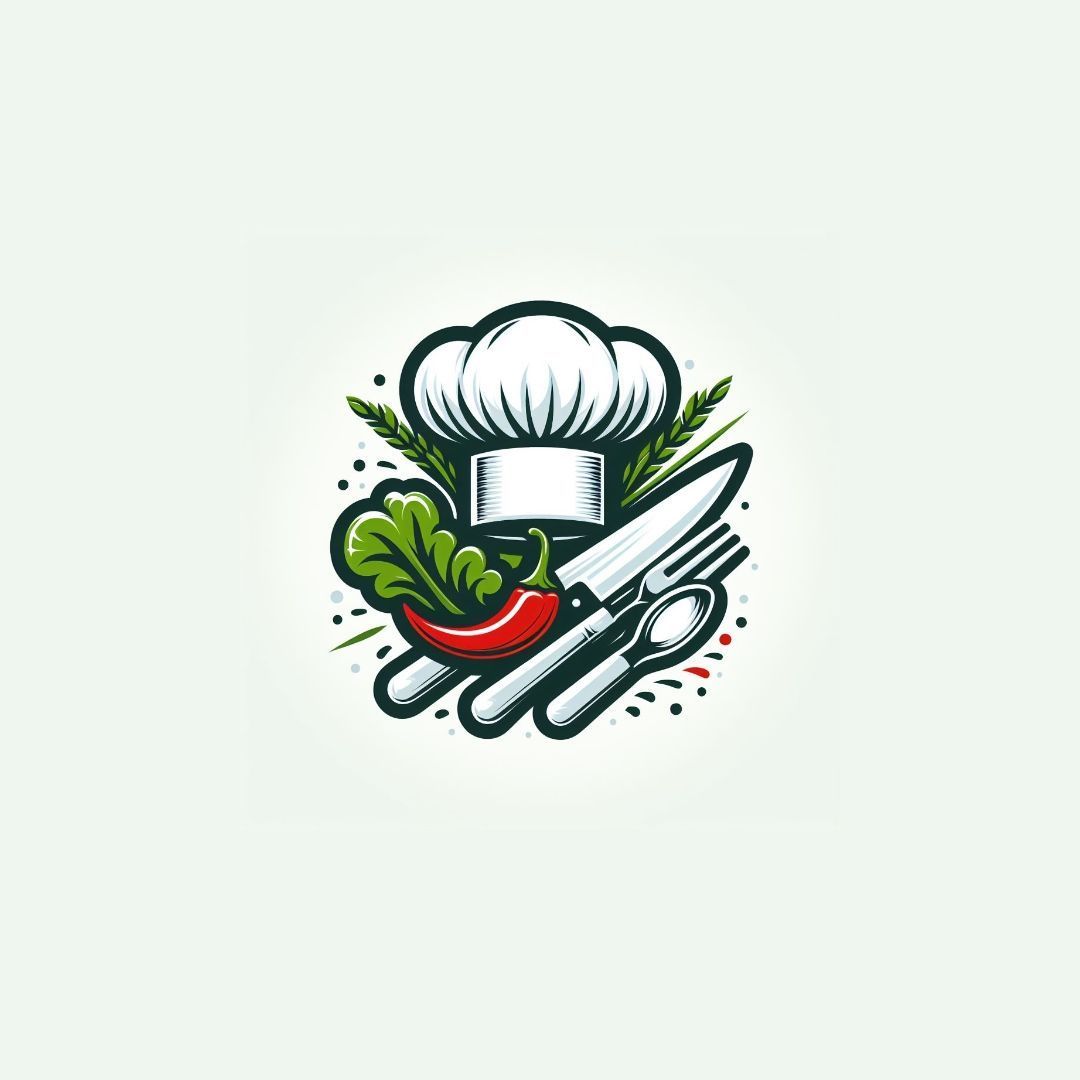The Future of Order Management: Digitalization and Innovation in the Food Service Industry

Digital order management represents one of the most revolutionary innovations in the modern restaurant landscape. Its not just about simplifying the work of waiters or kitchen staff, but about offering a new, more seamless and efficient experience for both restaurateurs and customers. Thanks to technology, this transformation is not only possible, but is rapidly becoming the standard for many establishments, from small bistros to large restaurants.
How does digital order management work?
Imagine a restaurant where a customer, sitting at their table, opens a digital menu on their smartphone, selects their desired dishes, and sends the order directly to the kitchen with a simple click. Or, a waiter using a tablet to take orders and send them in real time to the central system, where they are automatically distributed to the various kitchen departments. This is the heart of digital order management: technology at the service of efficiency. The process is simple yet extraordinarily effective: 1. The order is taken via a device (smartphone, tablet, or POS terminal). 2. The data is sent to the kitchen, which receives it on an interactive screen (Kitchen Display System). 3. The order status is monitored in real time, allowing the wait staff to know exactly when a dish is ready. 4. The system also manages invoicing, automatically generating the bill and allowing payment directly by card or smartphone.
Why choose digital ordering?
The advantages are numerous. First, accuracy: how many times has an order been misunderstood because it was written in a hurry or communicated poorly to the kitchen? With digital systems, errors are drastically reduced. Efficiency is also a strong point: the time between ordering and preparation is reduced, allowing more customers to be served in less time. Furthermore, these systems are extremely versatile, adapting to any need, from customization requests (such as gluten-free or vegetarian options) to monitoring preparation times.
Tools for implementing digital management
For those wishing to adopt this technology, several platforms and tools are already well-established on the market. Here are some of the most popular: Toast POS: A comprehensive system that not only manages orders but also integrates payments, staff management, and sales analytics. Ideal for medium-sized and large restaurants. Square for Restaurants: Particularly suitable for those seeking a scalable and easy-to-use solution. It is excellent for small restaurants wishing to go digital without too many upfront costs. Lightspeed: Perfect for those wishing to integrate order management with digital menus, online reservations, and payment systems. Widely used in establishments with a high customer volume. Scloby: An all-Italian solution, designed to meet the needs of local restaurateurs, with a focus on simplicity and customization. GloriaFood: Free and intuitive, ideal for restaurants wishing to experiment without a large initial investment. In addition, there are integrated solutions that allow you to synchronize order management with delivery platforms, such as Uber Eats and Just Eat, making operational flow even more efficient.
The challenges of digitalization
Of course, the transition to digital management isnt without its challenges. The initial investment in hardware (tablets, screens, servers) and software can be a deterrent, especially for small restaurants. Furthermore, staff must be trained to make the best use of these tools. Finally, the technology must be reliable: a system outage during service could cause significant disruption.
How do customers react to digitalization?
From a customer perspective, sentiment is generally positive. In a survey conducted by FIPE (Italian Federation of Public Establishments), 75% of restaurateurs noted improved accuracy and efficiency thanks to digital systems, while 80% of customers said they appreciated the modernity and speed of service. However, there are some reservations, especially from those who arent comfortable with technology. Therefore, its always advisable to offer a traditional alternative, such as a traditional paper menu.
Conclusion
Digital order management isnt just a trend, but an inevitable step toward a more modern, efficient, and customer-focused restaurant industry. The tools to implement it are now accessible to everyone, and the benefits—in terms of efficiency, accuracy, and customer satisfaction—far outweigh the initial challenges. For those looking to the future, digitalization represents an extraordinary opportunity to innovate and stand out in an increasingly competitive market.

gourmet
Data di inserimento 22 nov 2024
Report article


Comments
There are no comments yet.